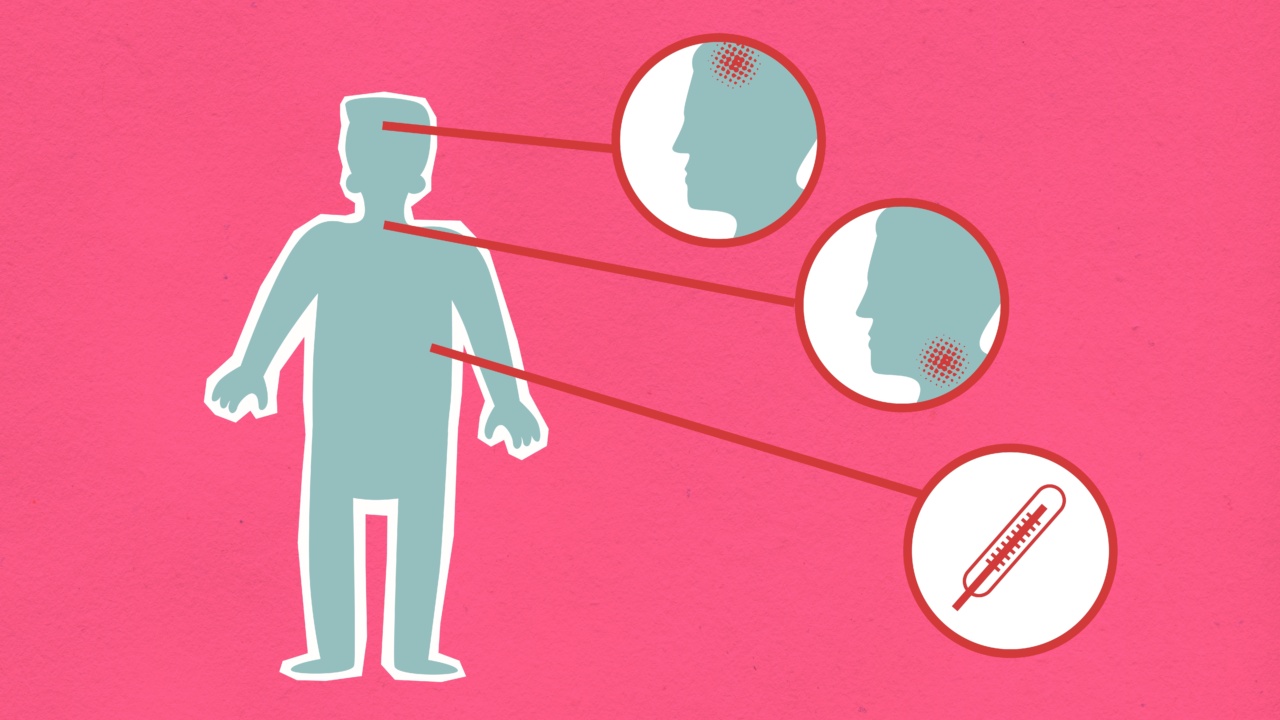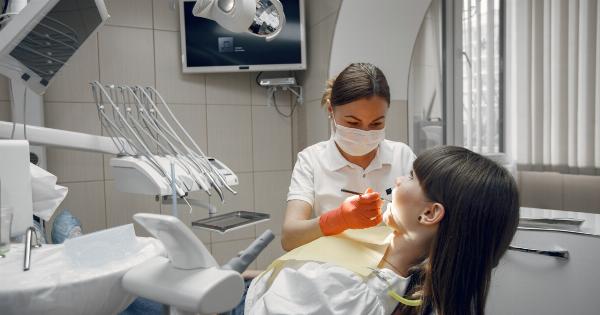Heart attacks are a major concern worldwide, claiming millions of lives each year. Detecting the risk of a heart attack in advance can be life-saving, but traditional methods are often limited.
However, recent research has shown that a specific body point can indicate heart attack risk up to a year in advance. This discovery could revolutionize the way we diagnose and prevent heart attacks, allowing for early interventions and better outcomes.
The Link between Acupoints and Heart Health
Acupuncture, a traditional Chinese medicine practice, is based on the concept of balancing the body’s energy flow through the stimulation of specific points called acupoints.
While acupuncture has been primarily used for pain management and various ailments, recent studies have unveiled its potential in predicting heart attack risk.
Researchers focused on the Neiguan acupoint, also known as the “Inner Pass” or “Pericardium 6” (P6).
Located on the inner forearm, approximately three finger widths below the wrist crease, this acupoint has been proven to have an association with heart health.
Understanding the Science behind the Neiguan Acupoint
The Neiguan acupoint is directly connected to the pericardium, which is a double-walled sac that surrounds the heart. It plays a crucial role in regulating blood circulation, protecting the heart from external trauma, and maintaining heart rhythm.
By stimulating the Neiguan acupoint, practitioners aim to improve heart function and prevent cardiovascular diseases.
Recent studies have shown that the Neiguan acupoint reflects changes in the autonomic nervous system, heart rate variability, and biomarkers associated with heart health.
This makes it a potential indicator of future heart problems, serving as an early warning system against heart attacks.
Research Findings: Neiguan Acupoint as a Predictor
A groundbreaking study conducted by a team of researchers at a renowned medical institute explored the connection between the Neiguan acupoint and heart attack risk.
The study involved a large cohort of individuals who were monitored for over a year, with regular assessments of their Neiguan acupoint, electrocardiograms, and other standard heart health measures.
The findings were remarkable. It was discovered that changes in the electrical impedance of the Neiguan acupoint were significantly correlated with an increased risk of heart attacks within the following year.
This non-invasive and painless technique offered a unique opportunity for early detection and prevention of heart disease.
Implications for Early Diagnosis and Prevention
The ability to predict heart attack risk a year in advance opens up new possibilities for early diagnosis and prevention strategies.
With the identification of the Neiguan acupoint as a potential indicator, healthcare providers can utilize this information to identify high-risk individuals and offer interventions to reduce their chances of experiencing a heart attack.
Early detection allows healthcare professionals to address risk factors such as hypertension, hyperlipidemia, obesity, and smoking, which are known to contribute to heart disease.
By intervening early, healthcare providers can create personalized prevention plans involving lifestyle modifications, medication, and other appropriate interventions.
Integration of Traditional Knowledge and Modern Medicine
This discovery highlights the importance of integrating traditional knowledge, such as acupuncture, with modern medical practices.
By bridging the gap between traditional and modern medicine, healthcare providers can offer more comprehensive and effective solutions for heart disease prevention and management.
Furthermore, the use of the Neiguan acupoint as an indicator of heart attack risk showcases the potential of non-invasive and cost-effective techniques in healthcare.
Instead of relying solely on expensive and sometimes invasive procedures, this approach allows for a more accessible and patient-friendly means of identifying heart disease risk.
Promising Future Research and Collaboration
While the initial findings regarding the Neiguan acupoint are promising, further research is needed to validate and refine its predictive capabilities.
Collaborations between traditional medicine experts, acupuncturists, and modern medical researchers are crucial in establishing a robust body of evidence.
Furthermore, integrating this knowledge into existing healthcare systems and training healthcare providers in the assessment of the Neiguan acupoint is necessary to ensure widespread implementation.
By fostering collaboration and promoting further research, we can accelerate the integration of this groundbreaking discovery into routine clinical practice.
Conclusion
The identification of the Neiguan acupoint as a predictor of heart attack risk a year in advance is a significant development in the field of cardiology.
This discovery provides a non-invasive and cost-effective means of identifying at-risk individuals, enabling early interventions and preventive measures.
By embracing an integrated approach that combines traditional knowledge with modern medicine, healthcare providers can enhance their ability to detect and prevent heart disease.
As further research is conducted and collaborations are fostered, the use of acupoints in predicting heart attack risk may become a standard part of routine healthcare, ensuring better outcomes and improved quality of life for individuals at risk of cardiovascular disease.




























